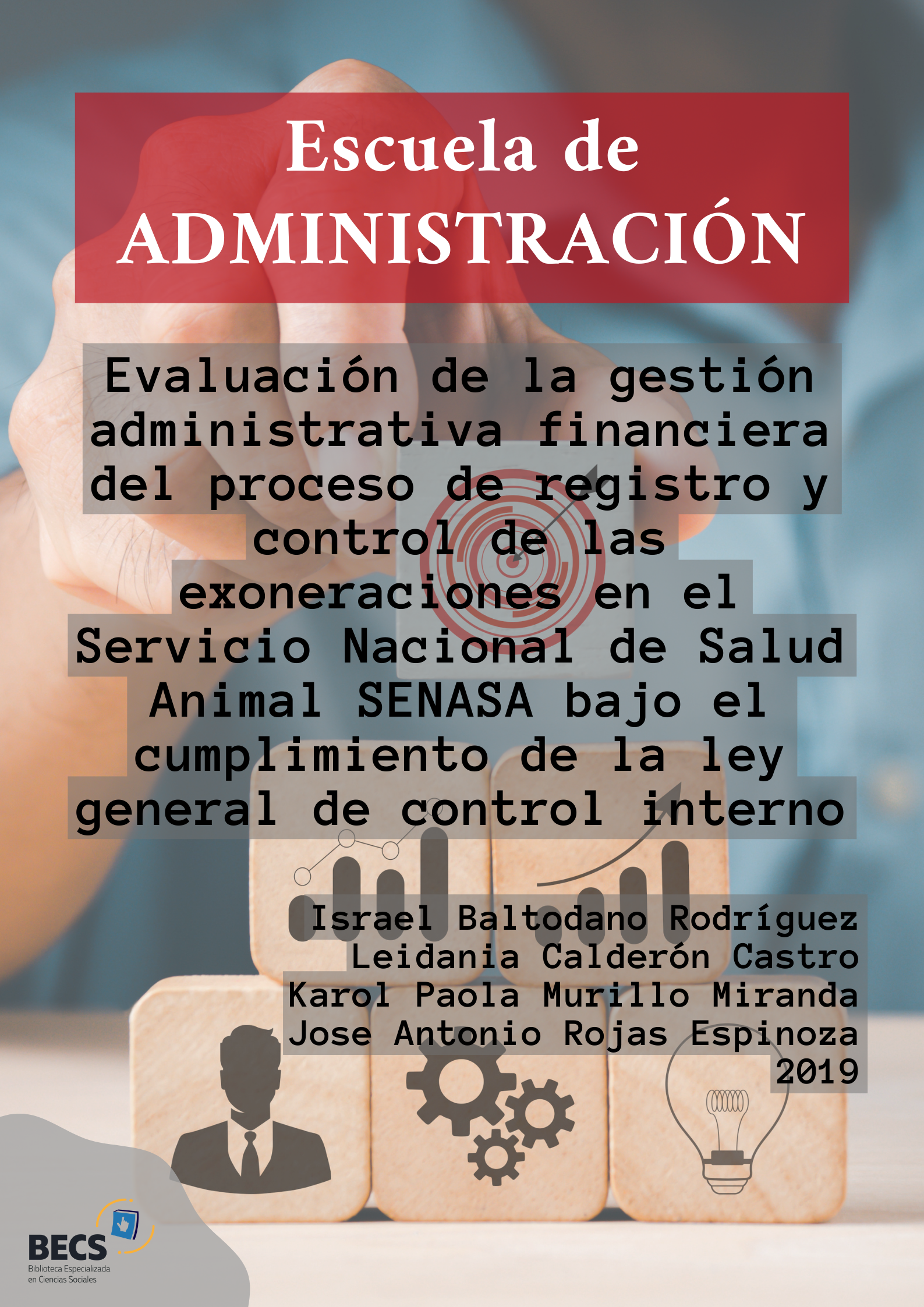| dc.contributor.author | Rodríguez Rojas, Aníbal | |
| dc.contributor.author | Peraza-Padilla, Walter | |
| dc.date.accessioned | 2024-05-08T16:13:52Z | |
| dc.date.available | 2024-05-08T16:13:52Z | |
| dc.date.issued | 2022 | |
| dc.identifier.issn | 22153608 | |
| dc.identifier.uri | http://hdl.handle.net/11056/27866 | |
| dc.description | El artículo científico se deriva del Trabajo final de graduación titulado Beauveria bassiana en el manejo de tecla (Strymon megarus Godart, 1824) en piña (Ananas comosus). | es_ES |
| dc.description.abstract | El incremento en la producción de piña (Ananas comosus (L.) Merr.) exige al mercado frutas de
buena calidad, con menor impacto ambiental y mínimo uso de productos químicos. Objetivo. Determinar la dosis efectiva del hongo Bauveria bassiana y la formulación adecuada como bioinsecticida para el control de tecla (Strymon megarus Godart) en el cultivo de piña. Materiales y métodos. La investigación se realizó de febrero a abril de 2019 en una finca en Río Jiménez, Guácimo, Limón, Costa Rica. Se estableció un diseño de parcelas irrestricto al azar con medias repetidas en el tiempo con siete tratamientos y cinco réplicas por tratamiento. Para cada réplica se tomaron semanalmente datos de veinticinco frutos de piña, desde los 50 hasta los 92 días después de la inducción floral (ddf).
Los tratamientos fueron: B. bassiana WP en dosis de 1,0, 2,0 y 3,0 kg ha-1, dos tratamientos de B. bassiana a 3 kg ha-1, coadyuvante Carrier y formulación miscible en aceite (OL); además, se tuvo un testigo absoluto sin aplicación de insecticida y un insecticida biológico Turex 3,8 WP (Bacillus thuringiensis) a 1,0 kg ha-1. Se realizaron cinco aspersiones por tratamiento, la primera a los 50 ddf y el resto con intervalos de siete días hasta llegar a los 78 días. Resultados. Todos los tratamientos mostraron una menor incidencia de daño viejo (gomosis) comparado con el testigo absoluto. Solo el T7 (testigo comercial B. thurigiensis 1 kg ha-1) y el T2 (B. bassiana a 1 kg ha-1) mostraron una incidencia de daño menor al 5 %, durante todo el periodo de evaluación sin diferencias significativas entre ellos, pero sí con el resto de los tratamientos. Conclusión. Los tratamientos T7 (testigo comercial B. thurigiensis 1 kg ha-1) y T2 (B. bassiana a 1 kg ha-1), fueron los más efectivos para el control de Strymon megarus Godart en el cultivo de piña. | es_ES |
| dc.description.abstract | The increase in pineapple (Ananas comosus (L.) Merr.) production demands good quality fruits from the market, with less environmental impact and minimal use of chemical products. Objective. To determine the effective dose of the fungus Beauveria bassiana and the appropriate formulation as a bioinsecticide for the control of key (Strymon megarus Godart) in pineapple crop. Materials and methods. This research was developed from February to April 2019 on a farm at Río Jiménez, Guácimo, Limón, Costa Rica. An unrestricted randomized plot design with repeated means over time was established with seven treatments and five replicates per treatment. For each replicate, data from twenty-five pineapple fruits were collected weekly, from 50 to 92 days after floral induction (ddf). The treatments were: B. bassiana WP at doses of 1.0, 2.0, and 3.0 kg ha-1, two treatments of B. bassiana at 3 kg ha-1, Carrier adjuvant, and oil-miscible formulation (OL), there were also an absolute control without insecticide application, and a biological insecticide Turex 3.8 WP (Bacillus thuringiensis) at 1.0 kg ha-1. Five sprays were made per treatment, the first at 50 ddf, and the rest at seven-day intervals until reaching 78 days. Results. All treatments showed a lower incidence of old damage (gummosis) compared to the absolute control. Only the T7 (comercial control B. thurigiensis 1 kg ha-1) and T2 (B. bassiana a 1 kg ha-1) treatments showed a damage incidence lower than 5 % during the whole evaluation period without significant differences between them, but with the rest of the treatments. Conclusion. The T7 (commercial control B. thurigiensis 1 kg ha-1) and T2 (B. bassiana 1 kg ha-1), treatments were the most effective for the control of Strymon megarus Godart in pineapple crops. | es_ES |
| dc.description.sponsorship | Universidad Nacional, Costa Rica | es_ES |
| dc.language.iso | spa | es_ES |
| dc.publisher | Universidad de Costa Rica | es_ES |
| dc.rights | Acceso abierto | es_ES |
| dc.rights | Attribution-NonCommercial-NoDerivatives 4.0 Internacional | * |
| dc.rights.uri | http://creativecommons.org/licenses/by-nc-nd/4.0/ | * |
| dc.source | Revista Agronomía Mesoamericana vol.33 no.3 1-11 2022 | es_ES |
| dc.subject | PIÑA | es_ES |
| dc.subject | PINEAPPLE | es_ES |
| dc.subject | AGRICULTURA | es_ES |
| dc.subject | AGRICULTURE | es_ES |
| dc.subject | CONTROL BIOLÓGICO | es_ES |
| dc.subject | BIOLOGICAL CONTROL | es_ES |
| dc.subject | CONTROL DE PLAGAS | es_ES |
| dc.subject | PEST CONTROL | es_ES |
| dc.subject | PLAGAS DE LAS PLANTAS | es_ES |
| dc.subject | PLANT PESTS | es_ES |
| dc.subject | INSECTICIDAS | es_ES |
| dc.subject | INSECTICIDES | es_ES |
| dc.title | Uso de Beauveria bassiana en el control de tecla [Strymon megarus (Lepidoptera: Lycaenidae)] en piña (Ananas comosus (L.) Merr.) | es_ES |
| dc.title.alternative | Use of Beauveria bassiana on the control of Tecla [Strymon megarus(Lepidoptera: Lycaenidae)] on pineapple (Ananas comosus (L.) Merr) | es_ES |
| dc.type | http://purl.org/coar/resource_type/c_6501 | es_ES |
| dc.description.procedence | Escuela de Ciencias Agrarias | es_ES |
| dc.identifier.doi | https://doi.org/10.15517/am.v33i3.48235 | |


